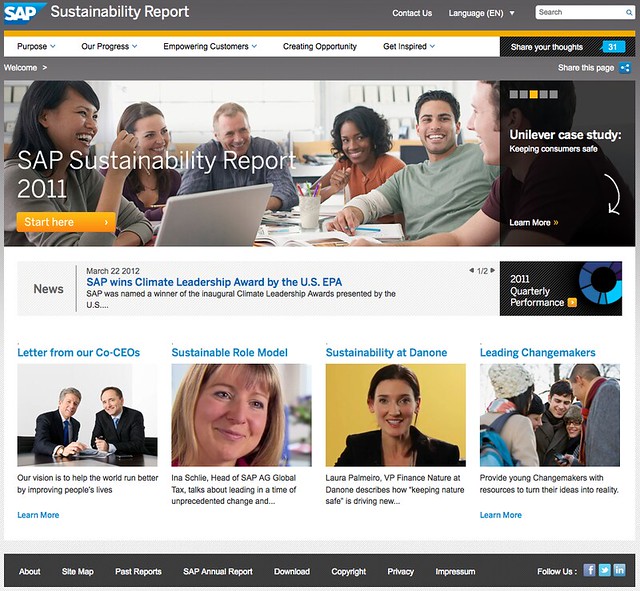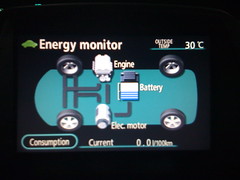
European policymakers are reaching out to ask European citizens for their help in crafting legislation for the better of all its citizens. This is a nice departure from the lobbytocracy which exists in some countries.
Currently, as part of the Digital Agenda for Europe, there is a process in place called the Digital Agenda Assembly which has a call for discussion and feedback on a number of hot IT issues such as Cloud, Data, Security, and Social Media.
Anyone can sign up at the site and contribute.
Via Paul Miller I came across a discussion on Green Cloud, which regular readers here will recognise as an issue I have an interest in.
The Cloud group moderator posted the following question:
The recent report by Greanpeace [sic] (http://www.greenpeace.org/international/Global/international/publications/climate/2012/iCoal/HowCleanisYourCloud.pdf) cast a light on importance of energy efficiency and use of renewable energy sources for cloud environments and data centers.
Should policy address such issues in future EU cloud strategy and how ensure a green and sustainable cloud development?
Your ideas on this subject are more than welcome.
Wow – an opportunity to influence EU policy and possibly make cloud computing more Green – I couldn’t resist. I posted the following response:
Greenpeace are correct – data centers are using dirty power to run their clouds.
Unfortunately this is often outside their control – especially in the US where the utility companies are regional monopolies and there is no choice in energy provider.
In the EU, there is more competition, and data centers should be encouraged to use energy from renewable sources and to site new builds where renewables are available. The greater the demand for renewable energy, the more will be built out.
I think the best way to encourage this is through transparency. Data centres need to be required to report fully and regularly their complete energy and emissions.
Iceland is currently running one of the world’s most reliable energy grids (it doesn’t have any outages). As well as being highly reliable, it has the cheapest energy in the western world and it is 100% renewable.
Iceland is due to become a full member of the EU in the coming year – so that should help the EU in attracting cloud providers looking for a renewable energy source.
But that is quite a local solution.
The real requirement is to move our all energy generation away from fossil fuels as soon as possible – this is important not just for cloud computing, but for every aspect of our life.
As Paul says above, mandating data centres to use Green power is not an answer, moving our generation to renewables (and requiring full transparency and reporting from data centres) is.
So there you have it – my recipe for making Cloud computing Green is to require full (auditable) reporting from all data centres (and every significant energy consumer, why stop at data centres?) of the entirety of their energy and emissions. This will create a significant demand for more renewable energy, leading the generators to re-double their efforts to bring more renewables resources on-line and rewarding those who have already done so.
So if you want to influence EU policy on cloud computing to make it more Green, why not head over to the Green Cloud discussion at the Digital Agenda and let your voice be heard too?
Photo Credit supertin
Follow @TomRaftery











